Brazil will expand soybeans by 1.5% and cut fertilizer use by 22/23, says Agrinvest
quinta-feira, maio 05, 2022
Brazilian soybean producers will increase planting by 1.5% nationwide next season (2022/23), agribusiness consultancy Agrinvest Commodities told Reuters on Wednesday, in one of the first projections released on the new crop.
Brazil planted 40.8 million hectares of soybeans in the 2021/2022 cycle, an expansion of 4.1%, according to government data.
As fertilizer prices used to raise crop yields increased, some analysts feared a potential reduction in the soybean area.
A drop in the planted area would be the first since the 2006/07 season, when the Area of Brazil shrank nearly 7% after a sharp drop in soybean profit margin, Agrinvest said.
The 2022/2023 soybean crop begins in September, when farmers in the State of Mato Grosso begin to sow their fields.
Agrinvest's estimate corroborates the recent observations of another analyst, which indicated expansion but at a slower pace due to the increase in fertilizer costs.
Agricultural nutrient prices rose as a result of sanctions on major supplier Belarus, restrictions on Chinese fertilizer exports and sanctions on Russia, Brazil's largest supplier.
Last week, the MT Foundation group, in partnership with Agrinvest, conducted a survey with about 100 grain producers in the state of Mato Grosso.
The survey showed that 72% of farmers intend to increase the planted area in September, with 40% of respondents saying they would expand plantings above 5%, and 32% by up to 5%, according to Agrinvest.
Regarding fertilizer use, 64% said they would reduce applications by up to 20%, while 15% said they would reduce fertilizer use above that level.
"There is a big discussion about whether soybean yields will be affected by reduced fertilizer use," said Jeferson Souza, an analyst at Agrinvest. "Brazil is large and has very heterogeneous areas, and the analysis is case by case."
On Monday, the Mato Grosso Institute of Agricultural Economics (Imea) estimated that the state area would grow 2.8% to 11.2 million hectares.
Reuters
Text extracted from the Investing.com
Source: udop

.jpg)
.jpg)







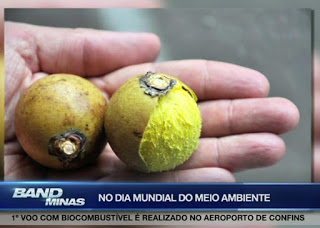
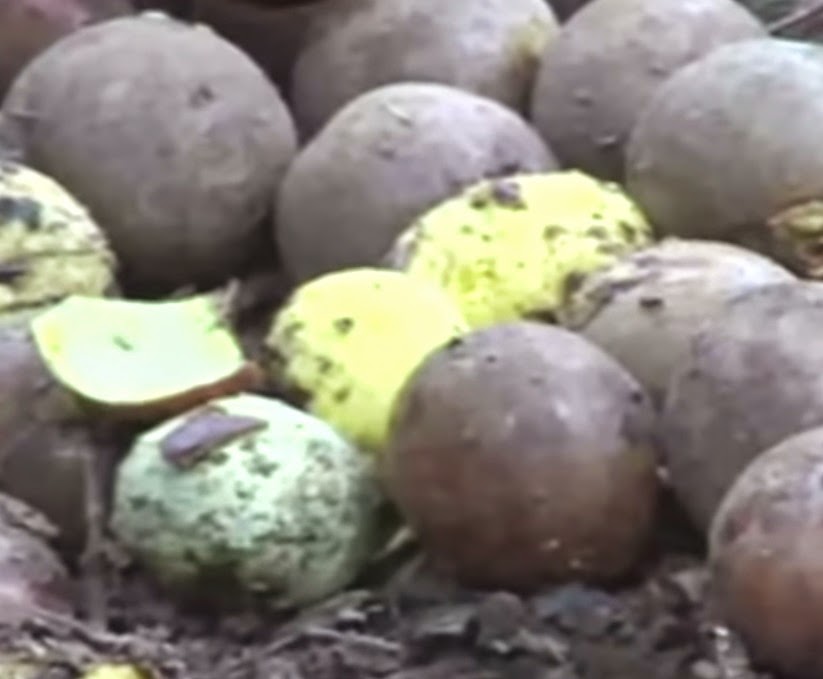
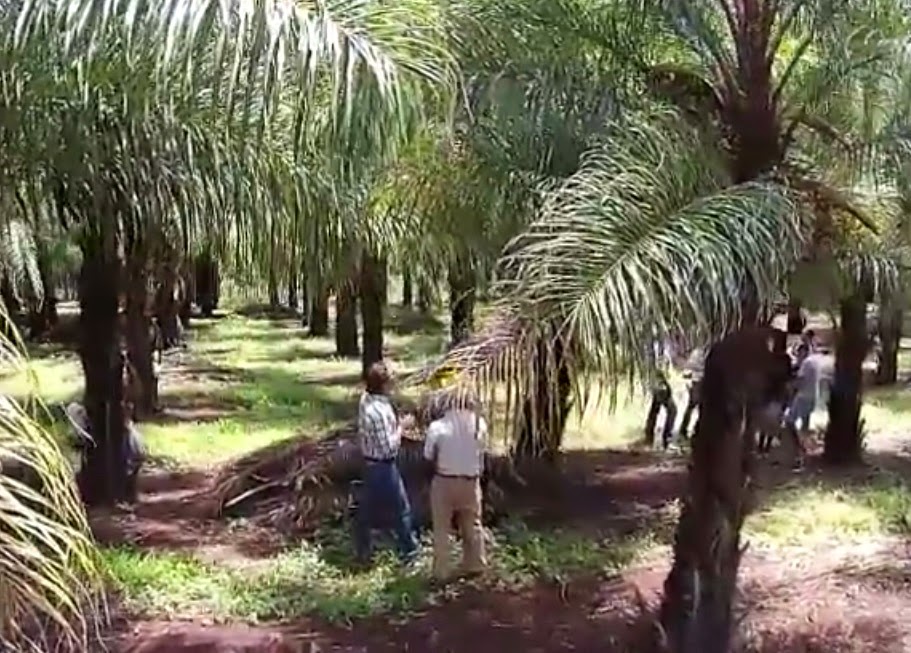

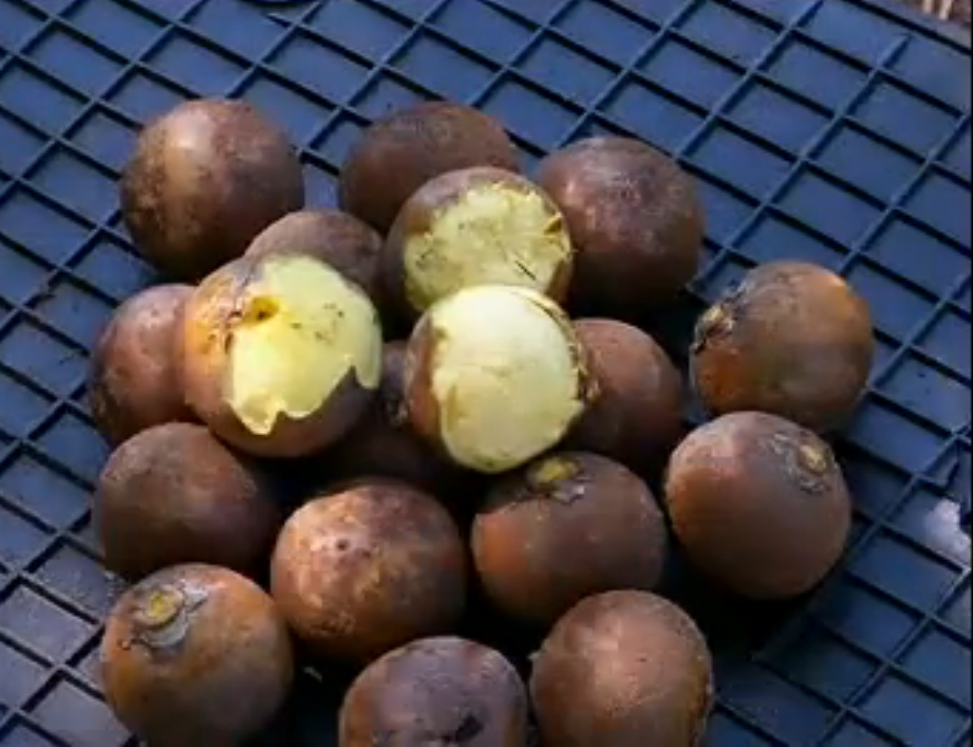
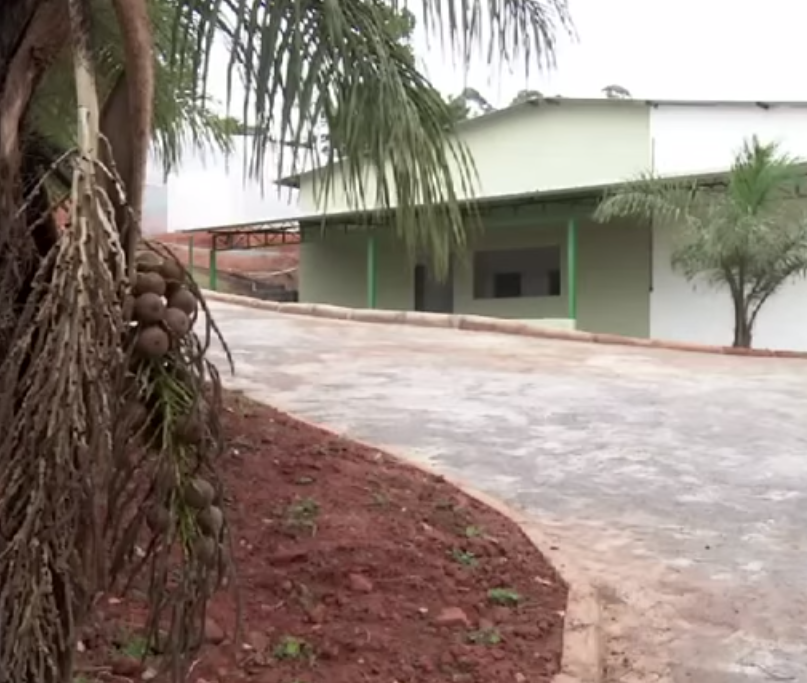
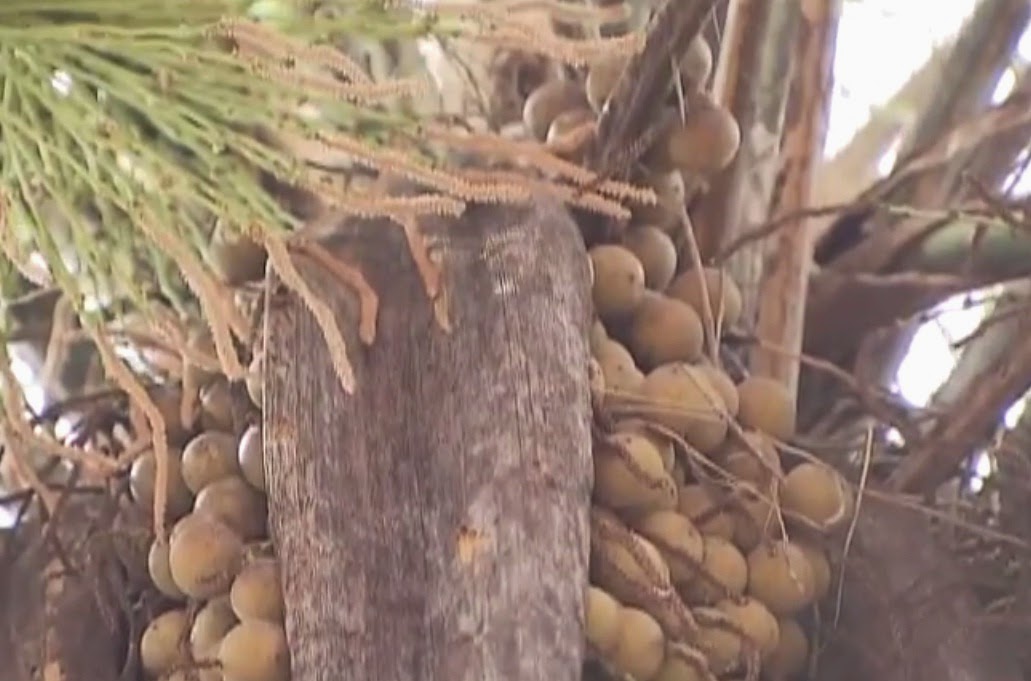
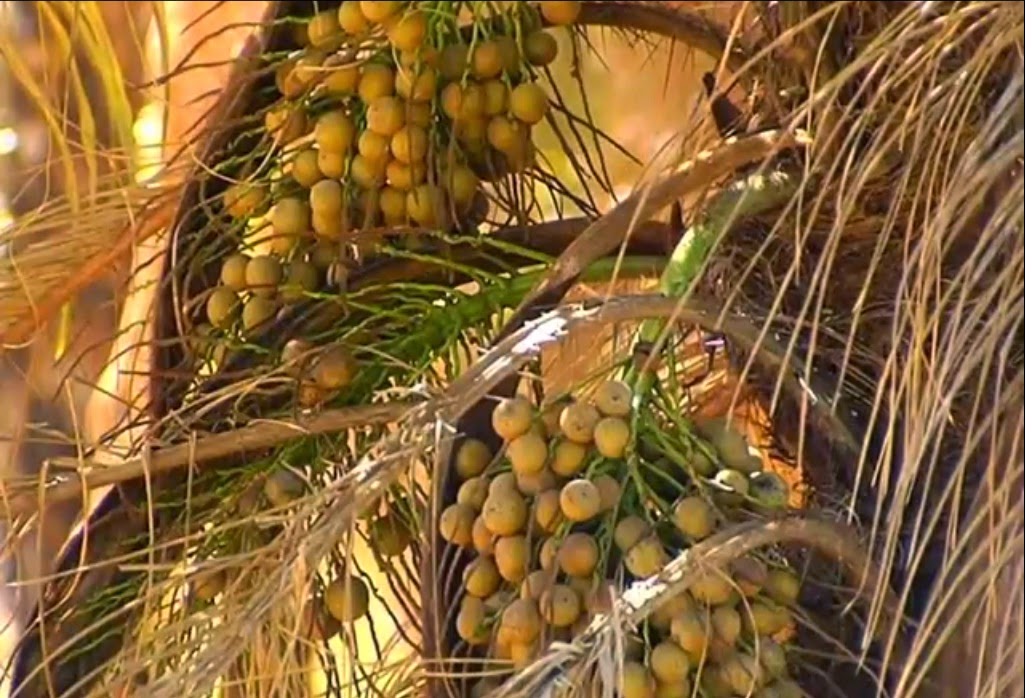

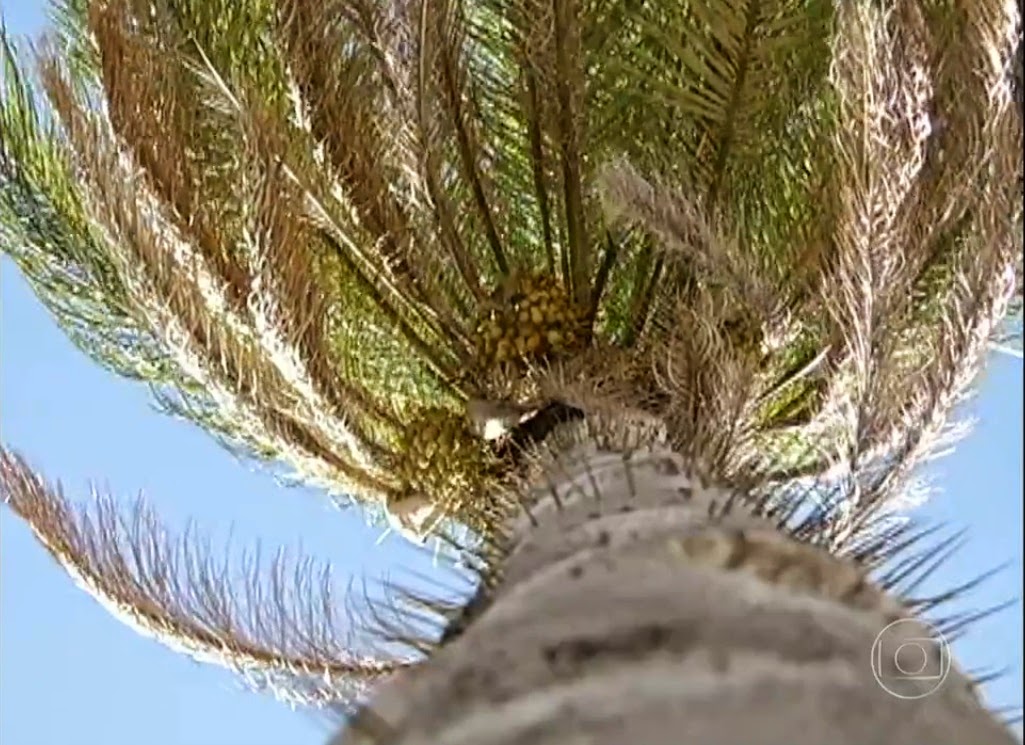

0 comentários
Agradecemos seu comentário! Volte sempre :)